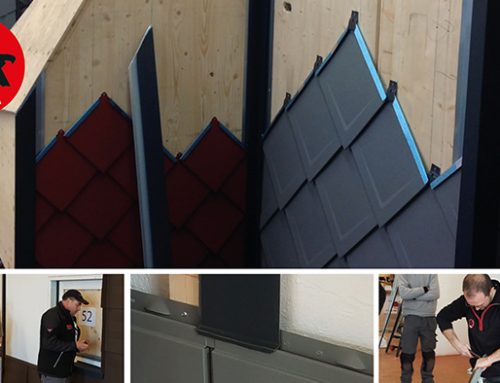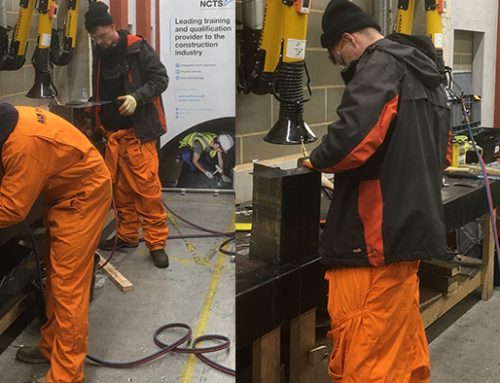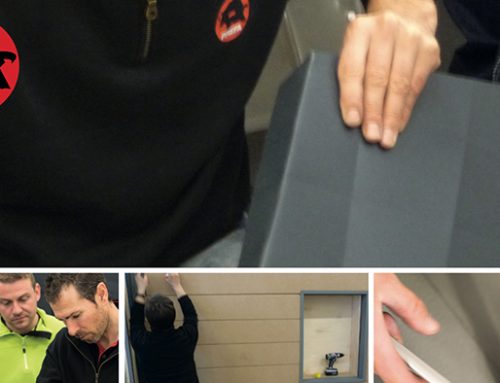By: Philip Fergusson, Director of NCTS Ltd
According to several recent reports, the UK construction industry will need approximately 400,000 new workers every year until 2021 to meet the demand for new building projects. In the roofing industry some experts are predicting that we will have a shortfall of some 100,000 skilled crafts people over that period and every trade sector is reporting a similar story.
But it is not all bad news. At the National Construction Training Services Ltd (NCTS), we are working with a wide of range construction trade federations to find finance and set up programmes to train a new generation of skilled workers.
We have already identified key areas which need urgent attention, particularly in roofing, and will be looking to introduce courses for apprentices and other workers looking to develop new skills.
We are also looking to tap into a vital and long overlooked additional resource – women – who are helping to transform a difficult situation and hope to welcome many more to our courses.
The fact is, we need more women to work in the construction industry. Our massive skills shortages are getting worse as more people leave the industry without being replaced.
Fortunately, women are embracing the construction challenge and making a significant difference. We have seen the fairly recent formation of Women in Roofing, “an organisation founded to collaborate with all aspects of the roofing industry to achieve diversity and longevity.” With the help of this group, the industry is listening and women are playing a more important role in every area of the supply chain.
We have also seen the first Inspire Women in UK Construction, Property and Engineering summit, sponsored by builders merchant Travis Perkins, which took place in Manchester. To quote the publicity material – the Inspire Summit highlights women working in the UK construction, engineering and housing sectors that are bucking the trend, reshaping expectations and inspiring others to follow in their footsteps. The event attracted construction professionals to hear about the contribution that women in these sectors make on a daily basis.
I believe we can learn from the rest of the world. In America for example, it has been estimated that some 2.5 million skilled workers were lost forever from the construction business following the financial collapse in 2008.
However, in 2015 women filled nearly 6.3% of apprentice positions in the state of Massachusetts — up from 4.2% in 2012. Women also accounted for 5% of construction work hours in Boston in 2015. This seems to be typical of what is happening across all of America and we are seeing similar stories in Australia and New Zealand.
Several studies show that women in construction provide a wider pool of opinions and experiences and problem solving than men. There is also clear evidence that women offer improved decision making, calmer heads and better communication and are less inclined to take dangerous risks – vital with increasing health and safety legislation on construction sites.
It does seem incredible that we are still having this debate in 2017 but hopefully – not for much longer. Let’s stop the talking now and start training and recruiting before it’s too late. That’s what we intend to do at NCTS.






